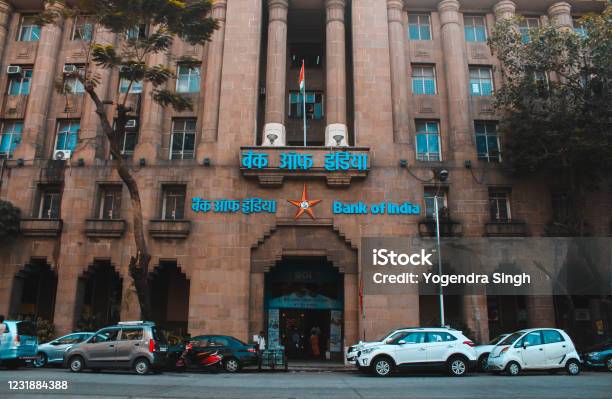🏦 SBI Plans ₹25,000 Crore Share Sale: What Investors Should Know

India’s largest public sector bank, State Bank of India (SBI), is making headlines with its massive plan to raise ₹25,000 crore through a Qualified Institutional Placement (QIP). This move marks one of the biggest equity fundraising efforts by a public sector lender in recent years and could have a significant impact on the Indian banking and stock markets.
Let’s break down what this means, why SBI is doing it, and how it affects investors.
—
📌 What Is SBI Planning?
According to recent media reports, SBI is preparing to launch a QIP of ₹25,000 crore (around $2.9 billion), possibly as early as next week. This fundraising is aimed at boosting its capital base and supporting its future credit growth plans. The bank has already taken board approval for the same.

Qualified Institutional Placement (QIP) is a method where shares are issued only to institutional investors, such as mutual funds, insurance companies, and foreign institutional investors (FIIs). It helps companies raise funds without going through a lengthy public issue process.
—
💡 Why Is SBI Raising Funds?
There are several strategic reasons behind this move:
1. Capital for Growth:
SBI aims to support its loan book expansion, especially in retail, SME, and infrastructure lending. With the Indian economy growing steadily, the demand for credit is rising, and SBI wants to stay ahead of the curve.

2. Regulatory Requirements:
RBI guidelines require banks to maintain a strong Capital Adequacy Ratio (CAR). The fresh funds will help SBI strengthen its Tier 1 capital.
3. Investor Confidence:
A successful QIP will attract top institutional investors, improve market perception, and increase SBI’s float in the market.
4. Government’s Disinvestment Plan:
This move also aligns with the government’s larger disinvestment and capital market strategy. Many PSU banks are expected to raise funds from the equity markets this year.
—
📈 Impact on SBI Shareholders
For existing SBI shareholders, a QIP can lead to short-term dilution, but it is generally considered positive in the long run, especially when funds are used for expansion and capital strengthening.

If the funds are deployed efficiently, SBI can enhance its lending capacity, profitability, and eventually shareholder returns.
As of today, SBI’s share price is hovering near all-time highs, and analysts believe this QIP could act as a re-rating trigger if the issue is priced attractively.
—
🔍 Should You Be Worried or Excited?
If you’re an SBI investor or considering buying the stock:
This move indicates confidence in growth and business expansion.
The size of the QIP shows that SBI is preparing for aggressive lending.
Institutional demand will be a key signal — if the QIP is oversubscribed, it shows strong market trust.

—
📝 Final Thoughts
SBI’s ₹25,000 crore share sale plan is not just a routine fundraising effort — it’s a strategic move to fuel growth and strengthen its position in the competitive banking landscape. As India’s economy accelerates in 2025, SBI appears to be gearing up for bigger opportunities.
Stay tuned for updates as the QIP unfolds — it could be a key moment for India’s financial sector.
—
Would you like a matching infographic or image for this blog to post on your website or social media?
